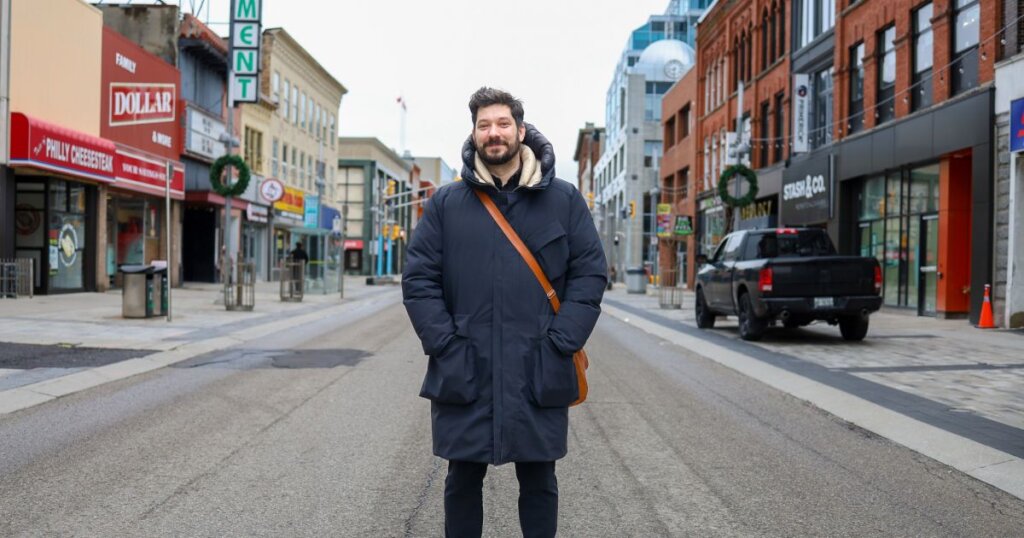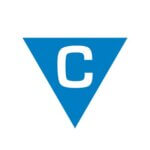Home » Probably worth sharing – Communitech
Probably worth sharing – Communitech

Startup exit stories can sometimes sound like winning the lottery. Depending on how shares are structured, founders can find themselves with the capital and time to pursue their passions – whether that’s another startup or a house in the country.
While the dream is great, the reality is that a majority of startups fail within the first year. Even startups that make it past the first year and manage to secure an exit won’t always make the founder independently wealthy. If you’re lucky, you break even.
FunnelCake founder Marko Savic spent six years building his company before exiting with a sale to Toronto-based Varicent in October 2020. He said startup conversations are often focused on the great exits, not the mediocre ones. The majority – including his exit with FunnelCake – end with unremarkable financial results.
“Nobody lost money. Nobody got rich. I worked on FunnelCake for six years. As a founder you cut your salary; I made a third of what I should have, salary-wise. After we sold the company, I only made that missing salary back. Did I net out financially? No. Looking at it financially, was it worth the grind, the hustle culture? No. But the relationships I built, the people I met, the skills I learned, they are worth it. I wouldn’t change having done it,” Savic said.
It has been two years since the sale of FunnelCake. On Jan. 8, Savic announced his next project, but this one is different. Instead of a tech startup, he is spending the next two years working to become what he calls an “internet food person” with Probably Worth Sharing, a YouTube channel and newsletter where he shares stories of food, recipes, cooking tips and the people behind his favourite restaurants. Savic soft-launched the project in February 2021 as an experiment and said he was ready to put all his effort into it.
In many ways, this project takes him back to his roots making videos while he was a student at Cameron Heights Collegiate in Kitchener almost 20 years ago. The school had a video production studio, and Savic was considering pursuing a career in video production and design.
“I was also very into cooking. I was trying to decide whether to continue on with video, go to design school or go be a pastry chef. I ended up going to school for design and that took me down a career path. Now I feel like I’m reverting back to that person that stayed up till midnight making videos and cooking for fun,” he said.
While YouTubers can make video creation seem easy, Savic quickly points out that creating these videos requires creative and technical skills. Even with his experience, he has put hundreds of hours into learning how to produce professional-quality videos. This includes transforming his home kitchen into a studio. Savic started a kitchen renovation in 2020 after the sale of FunnelCake, but the idea of a kitchen studio wasn’t in the picture at the time.
“I designed the kitchen before thinking about the YouTube channel. So a bunch of the choices I made, some of them worked and some of them didn’t. Having a giant window behind me is great for a living space, but terrible for a studio,” he said.
Savic’s kitchen studio is now outfitted with an exterior blackout curtain to diffuse outside light. He uses three cameras for production, including one above the kitchen island, one above the cooktop and a primary camera for him. He also installed permanent ceiling mounts for his studio lights.
“I can’t tell you how many technical things I’ve had to learn to make the studio,” he said.
It’s a significant departure from a SaaS startup, but there are several common elements, such as building an audience, finding a revenue model and marketing. Savic is approaching those tasks with the skills he learned as a founder but with a new understanding of what he needs to do to stay physically and mentally healthy.
“I think the startup dream that we sell people on is fundamentally broken. It doesn’t match up to reality for 90 per cent of the people. Experiencing it for myself really burned me out,” he said.
Building an audience on YouTube differs from building an audience for a startup. Savic said the YouTube algorithm defines your audience, so growing it comes down to creating better and better content that the algorithm starts promoting to more viewers.
Savic is applying startup tools, like the business model canvas and OKRs, to grow his YouTube audience. Using subscriber growth as an example, he said he is using the SaaS revenue model Triple Triple Double Double Double created by investor Neeraj Agrawal. In this model, you focus on two years of tripling annualized revenue growth, then three years of doubling it.
“You can apply that to subscriber and follower growth. You then realize that you aren’t going to go from zero to 100,000 subscribers overnight. This is a two- to five-year journey. You have to have realistic expectations.”
Savic is taking a quarter-by-quarter approach to his planning, as any business would. This includes building a company that allows him to spend more time socializing with friends and family to create a positive balance in his life. Next quarter, Savic said he will begin to look at how he can turn his channels into a revenue-generating business.
In the second half of the year, he said the goal will turn to growing his audience to the point that businesses want to engage with him on promotions and sponsorships. He said the main challenge with sponsorship is that many influencers and creators sacrifice their value systems to make money – something he is determined to avoid.
“One of the things you’ll learn in tech as a CEO is establishing your value system for the company. And Steven Woods (the one from Benevity, not Google) always used to say ‘values are there for when things go wrong, not for when things go right.’ With FunnelCake, I really saw how important it was to have a concrete value system when things get hard, because in the startup, they get very hard,” Savic said.
One core value for Probably Worth Sharing is using locally-made or North American-made products when possible. He said most components and materials for his renovation and his wardrobe are made in Canada or the U.S. This quarter his content will look at local produce, specifically produce grown in Ontario that is available in winter months.
“It can be difficult – and really expensive. I am also not buying things from countries where I’m not allowed to get married or where women don’t have equal rights to men. So surprisingly, that also means that I can’t buy Japanese knives anymore because gay men cannot legally marry there,” he said.
An unexpected benefit of launching the YouTube channel has been connecting with other culinary explorers in the tech community.
Savic said it has helped introduce him to people he had not met before, and others he did not know shared his passion for cooking. He said HyperComply founder Amar Chahal built a stone pizza oven in his backyard, from scratch. When Savic asked about it, Chalal sent him a 72-page instruction manual to build his own. Running pop-ups at Legacy Greens in Downtown Kitchener has also helped him connect to others in the tech community, including Georgette Packaging founder Sarah Landstreet.
“Everyone in tech has these different skills that you don’t know about. Matt Gardner from RouteThis made Alton Brown’s aged eggnog over the holiday season and it took him two months to make it. I didn’t know Matt very well through the tech community, but we talk often now – about food – food can be such a great way to get to know people better.”
Communitech
https://communitech.ca
"Communitech helps tech-driven companies start, grow and succeed. Communitech was founded in 1997 by a group of entrepreneurs committed to making Waterloo Region a global innovation leader. At the time it was crazy talk, but somehow this community managed to pull it off. Today, Communitech is a public-private innovation hub that supports a community of more than 1400 companies — from startups to scale-ups to large global players. Communitech helps tech companies start, grow and succeed in three distinct ways: - Communitech is a place – the center of gravity for entrepreneurs and innovators. A clubhouse for building cool shit and great companies. - Communitech delivers programs – helping companies at all stages with access to capital, customers and talent. We are here to help them grow and innovate. - Communitech partners in building a world-leading ecosystem – making sure we have all the ingredients (and the brand) to go from a small startup to a global giant."


